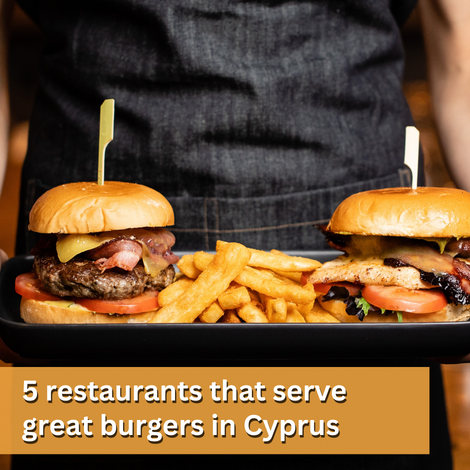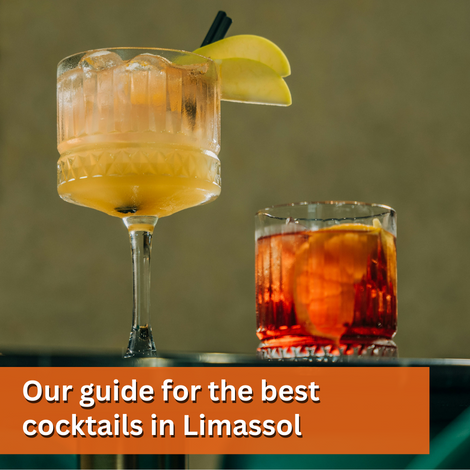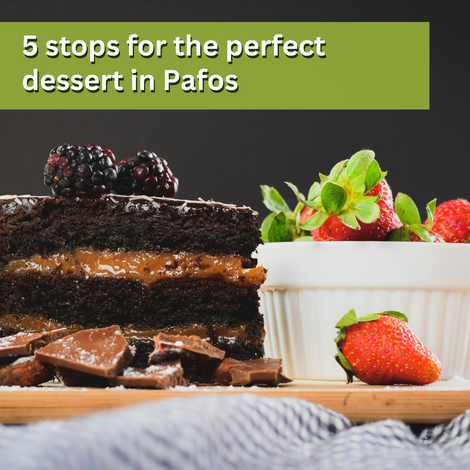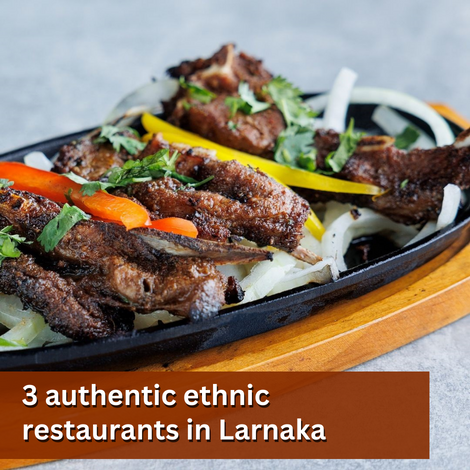Galata
It is characterised by its traditional houses with its wooden balconies and wooden stairs
Galata is located 60 kilometers west of Nicosia, in the beautiful valley of Solias. It has an altitude of 620 meters above sea level and it is connected to the community of Kakopetria.
The village of Galatas is built on both banks of the River Clarion and it is surrounded by a dense green vegetation. It is a village where thousands of tourists visit every year.
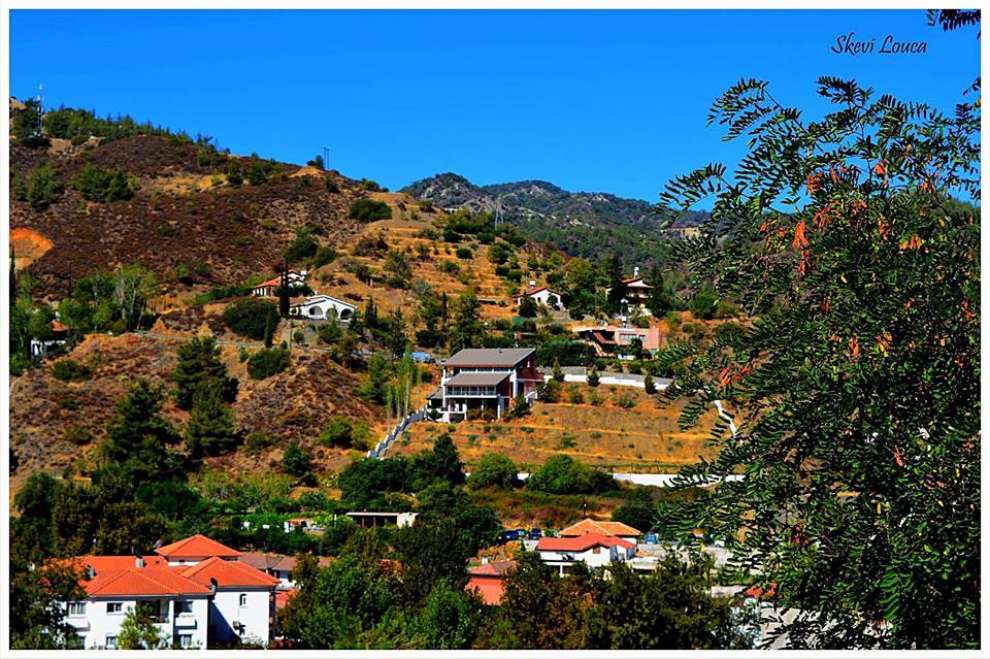 Photo: Skevi Louca
Photo: Skevi Louca
Many fruits such as apples of all varieties, apricots, peaches, cherries, plums, grapes and others, as well as fresh vegetables, are grown in Galata.
On Medieval maps Galata appears under the names Golata and Galata (Iacomo Franco 1570, Galata).
The name of the village of Galata:
There are several versions for the name of the village. According to the first version, to the west of the present village, on the site of Esso-Galata, some shepherds lived with their flocks. The people who lived in the lower parts of the village would buy milk from there, so the village was named "Galata". According to another version, the first settlers, came from Gaul of Asia Minor and were called Galats (Byzantine period). So their small settlement was named Galata.
The architecture of Galata village:
Galata is characterised by its traditional houses with its wooden balconies and wooden staircases. The tiled roofs, the local stone with which the walls of the houses, the locks and the latches are built, the wooden front doors with their wooden beams above the windows, are all truthful witnesses of the masterful folk architecture.
The churches of the village of Galata:
Walking in the village you will come across Byzantine churches with pyramidal roofs and rectangular tiles.
These churches are:
- The church of Panagia Podithou, built in 1502
- The church of Saint Savior's, building of 1513 according to the categorical inscription
- The church of Panagia Odigitria, building of 1930 with donations and voluntary work of community residents
- The church of Agia Paraskevi
- The church of St. George dating back to the first quarter of the 16th century
- The church of Agios Nikolaos
- The chapel of Apostle Tychikos at Esso Galatas
- The church of Agios Irakleidios
- The church of Agios Ioannis Lambadistis
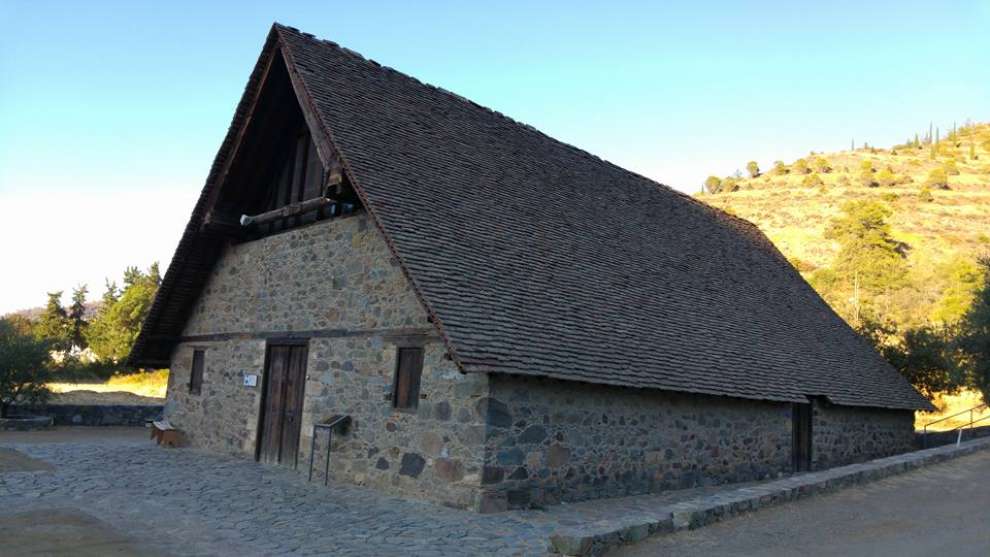 Photo: Kyriaki Gregoriou
Photo: Kyriaki Gregoriou
Sightseeing in Galata:
In the past there were four watermills in the village. The watermill of Trooditissa and the Pavlena watermill, which no longer exist. The watermill of Kyrillou, which first belonged to Kermidji, which is in the middle of the village by the river Clarion. This mill operated until 1976, today (2018) it has been restored and attracts many visitors, foreign and local. Finally, the watermill of Rodous, which belonged to the Monastery of Podithou, was renovated in 2002 but does not operate today.
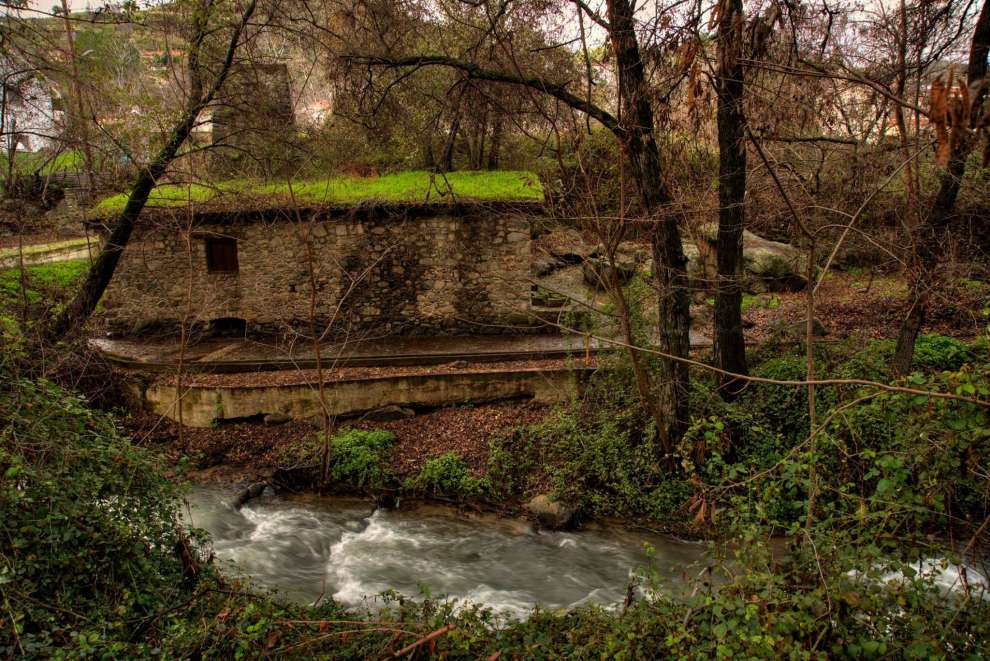 Photo: Costas Mageiroudes
Photo: Costas Mageiroudes
In the village you will find a wonderful path of Nature called Archangelos - Mill of Rodous, which starts from the chapel of Archangelos and ends at Mylos of Rodous, it covers a distance of about one kilometer.
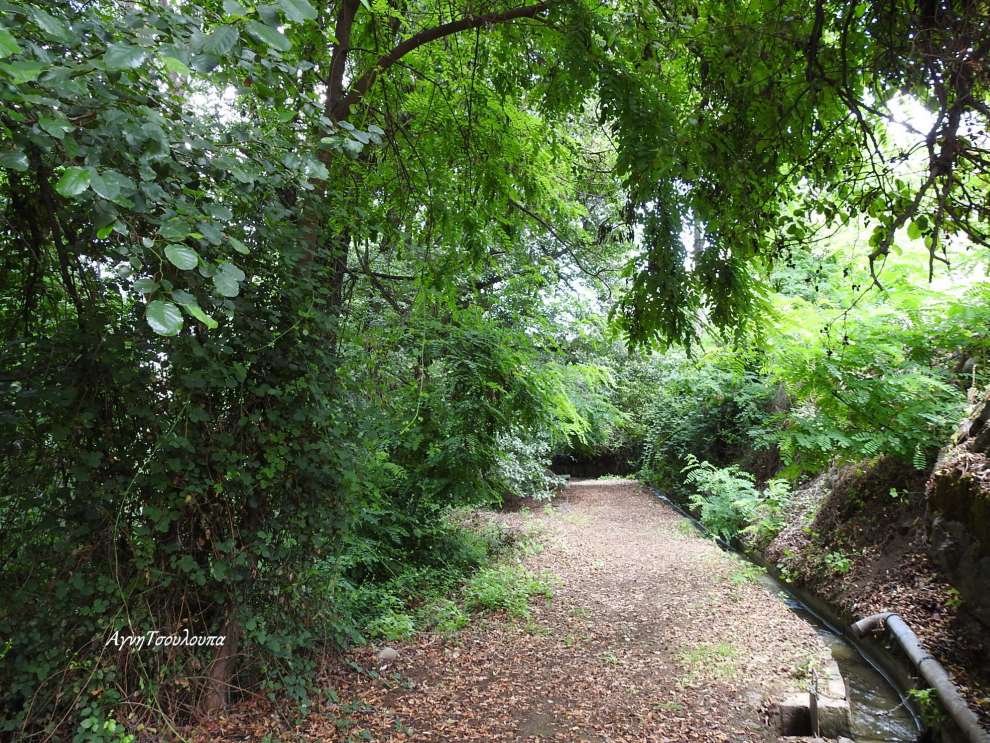 Photo: Αγνη Τσουλουπα
Photo: Αγνη Τσουλουπα
Additionally, there are remarkable fountains in the village of Galata, such as the water tap of Poyiatzi and Mastre Philippou, the Museum of Folk Art in which there are exhibits related to traditional Cypriot occupations such as the tools of the shepherd, the farmer, sericulture, the builder, the butcher, the woodcutter, the wine seller or winemaker, the cobbler and the carpenter and pottery, . There is a rich collection of costumes, a wide variety of kitchen items, various furniture that you can view.
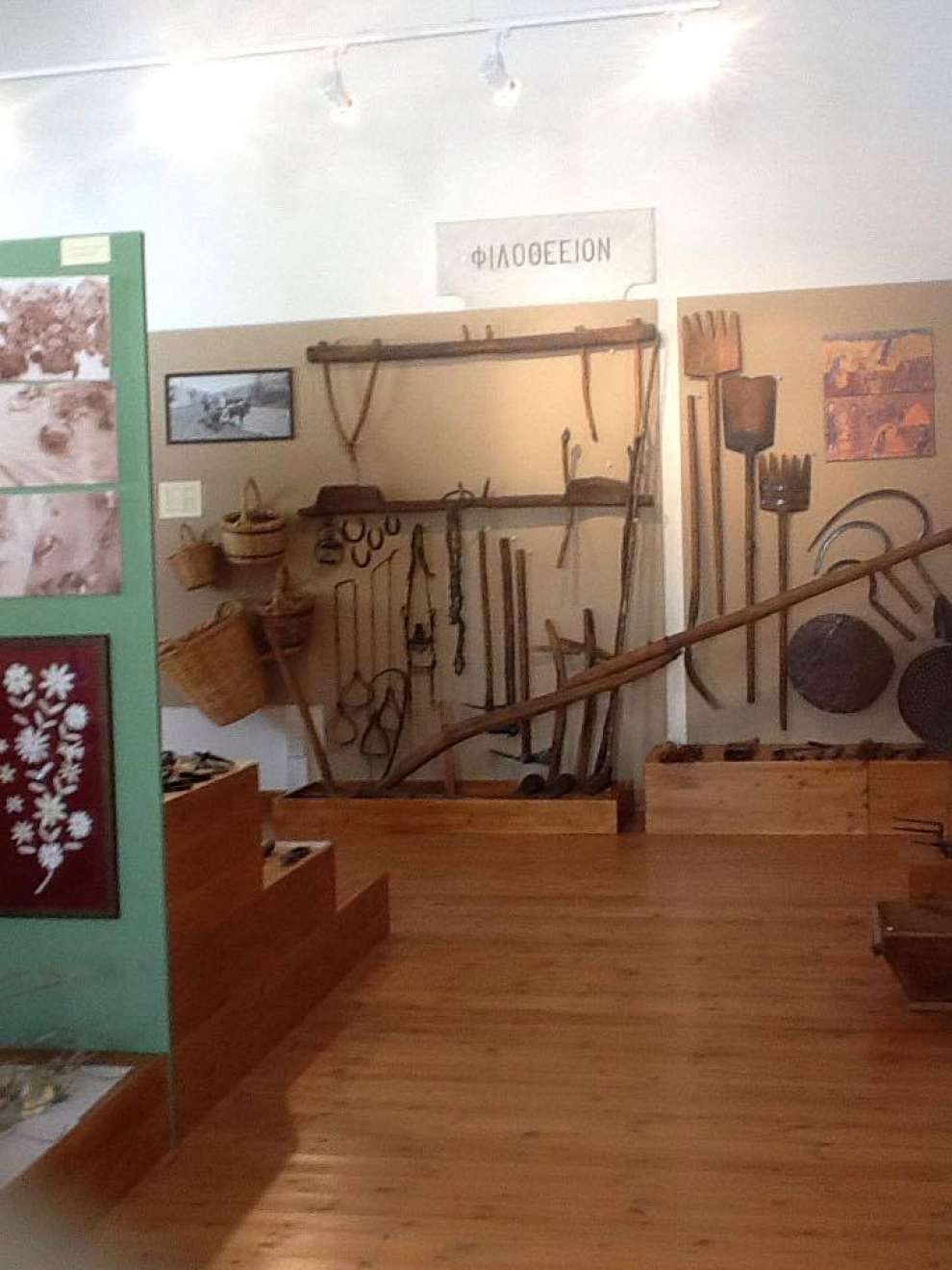 Photo: Maria Kiriakou
Photo: Maria Kiriakou
Finally, in the village of Galata there is a monument of heroes, built in honor of the heroes of Chrysanthos Mylonas, Evagoras Papachristoforou 55-59, Andreas Geroudi 1964, Georgios Zacharias, Iakovos Geroudi 1974 and Panagiotis Athanasios.
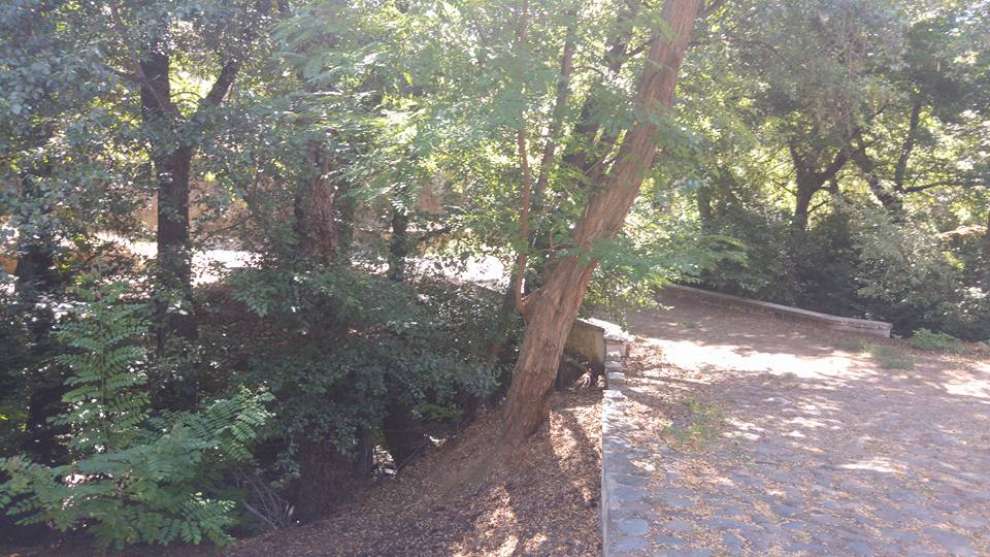 Photo: Kyriaki Gregoriou
Photo: Kyriaki Gregoriou
For the map of the area, click HERE

 English
English
 Ελληνικά
Ελληνικά Русский
Русский
